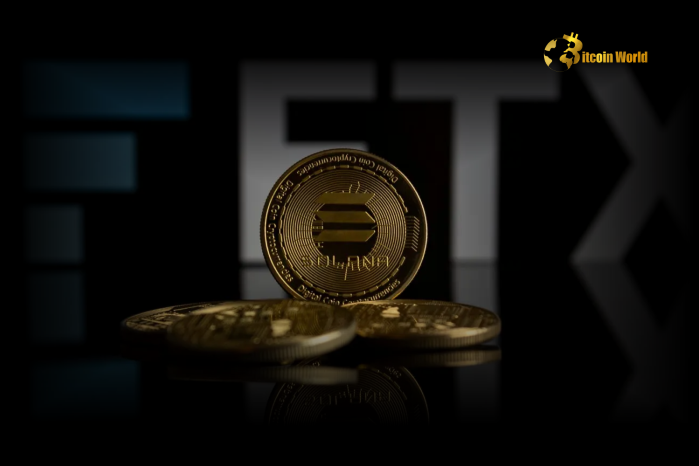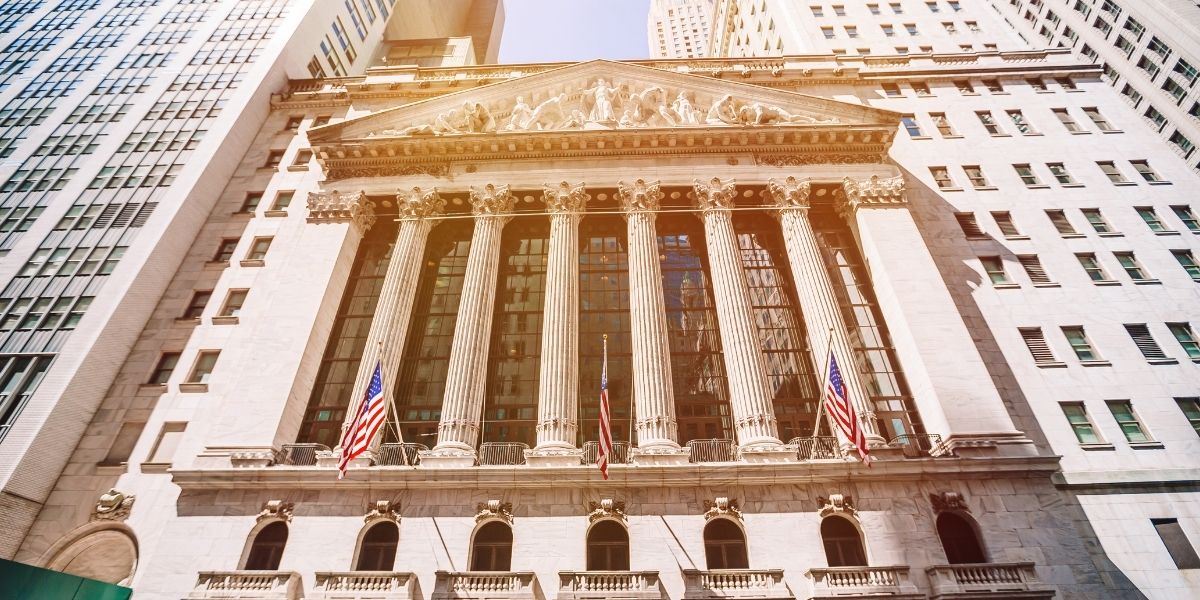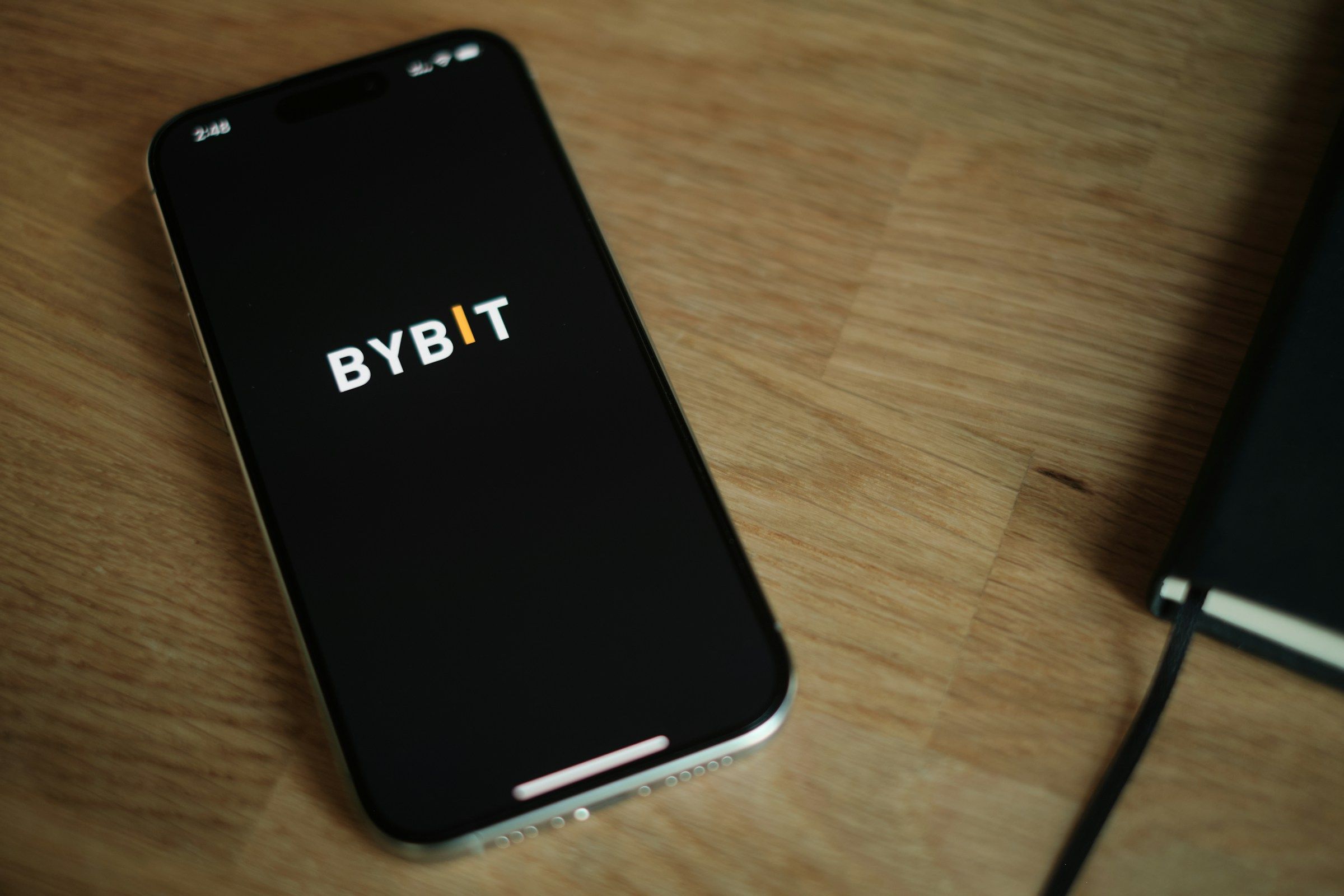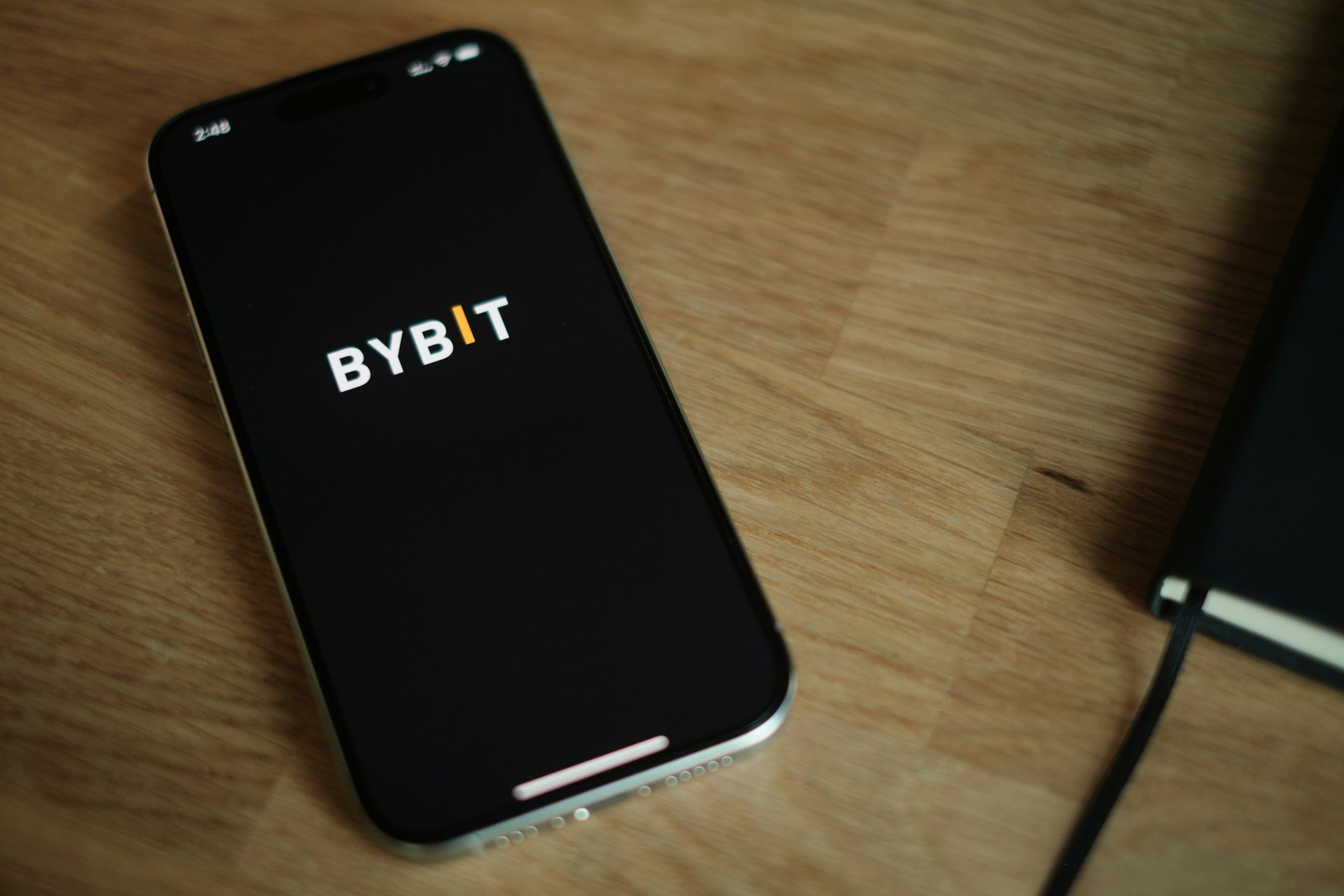
In a surprising turn of events, even amidst the fallout from the FTX collapse, a beacon of optimism shines through the crypto community. A recent survey has unveiled a fascinating trend: a significant majority of FTX creditors are not deterred but are in fact gearing up to double down on the digital asset space. This news sparks a wave of hopeful anticipation for the future of the crypto market. Let’s dive into the details of this intriguing survey and explore what it means for the evolving landscape of cryptocurrencies. Why FTX Creditors Crypto Reinvestment Signals Market Resilience Despite the financial setbacks experienced by FTX users, their unwavering belief in the potential of cryptocurrencies is truly remarkable. The survey, conducted by NFTevening, polled 1,016 FTX creditors and revealed that a staggering 79% of them are planning to reinvest their recovered funds back into the crypto ecosystem. This isn’t just a small fraction; it represents a strong majority signaling robust confidence in the long-term prospects of digital assets. This planned FTX creditors crypto reinvestment demonstrates a powerful resilience within the crypto community. Instead of being discouraged by past events, these investors are seeing the FTX situation as a chapter, not the end of the story. This collective decision to reinvest is fueled by several factors: Long-term Belief: Many creditors view the FTX incident as an isolated case of mismanagement rather than a fundamental flaw in cryptocurrency technology or its potential. Opportunity in the Dip: The market correction following events like the FTX collapse can be seen as a buying opportunity. Savvy investors often look to accumulate assets when prices are lower, anticipating future growth. Decentralized Finance (DeFi) and Innovation: The core principles of DeFi, offering transparency and control, remain attractive. The continuous innovation within the crypto space, with new projects and technologies emerging, keeps the sector vibrant and promising. This hopeful outlook from FTX creditors provides a strong counter-narrative to the negative sentiment that often follows market downturns. It highlights the enduring appeal and perceived potential of cryptocurrencies as a viable asset class. Solana Investment: The Preferred Choice for Reinvestment Delving deeper into the survey, it’s clear where a significant portion of this reinvestment is headed. Among the 79% planning to reinvest, a notable 62% have their sights set on acquiring Solana (SOL). This makes Solana investment the clear frontrunner for these returning crypto enthusiasts. But why Solana? Solana has consistently been recognized for its high transaction speeds and lower fees compared to some other major blockchains. Despite facing its own challenges, including network outages and price volatility, Solana’s technology and vibrant ecosystem continue to attract developers and investors. Here are some compelling reasons why FTX creditors are leaning towards Solana: Technological Advantages: Solana’s architecture is designed for scalability, making it suitable for high-volume applications and transactions, which is crucial for the future of decentralized applications (dApps). Growing Ecosystem: The Solana ecosystem boasts a wide array of projects, including DeFi platforms, NFT marketplaces, and gaming applications. This diverse ecosystem offers numerous opportunities for investors. Community Support: Despite challenges, Solana has a strong and active community that remains committed to its growth and development. Potential for Growth: Many investors believe Solana is undervalued and has significant potential for future price appreciation, especially as the broader crypto market matures. Furthermore, the survey revealed that 44% of these creditors are specifically looking to invest in Solana-based projects. This indicates a strong belief not just in the Solana token itself, but in the entire ecosystem built upon it. This targeted Solana investment suggests a strategic approach, focusing on platforms and applications leveraging Solana’s capabilities. The Allure of Memecoin Surge: A Risky Yet Tempting Bet While Solana takes the lead in planned reinvestments, another intriguing trend emerges from the survey: one-third of FTX creditors are considering investing their repayments in memecoins. The world of memecoins is known for its volatility and high-risk, high-reward nature. Investing in memecoins is akin to riding a rollercoaster – it can be thrilling, but also comes with significant risks. The potential for a sudden memecoin surge and exponential gains is undeniably attractive, especially for those looking to recoup losses or make quick profits. Why are memecoins drawing attention from FTX creditors? High Potential Returns: Memecoins, driven by community hype and social media trends, can experience massive price surges in short periods. This potential for quick, substantial returns is a major draw. Lower Entry Barrier: Often, memecoins are priced very low, allowing investors to acquire large quantities with relatively small investments. This accessibility makes them appealing to a broader range of investors. Community Driven: The value of memecoins is heavily influenced by community sentiment and online trends. A strong and active community can drive significant price appreciation. Speculative Opportunity: For some, memecoins represent a purely speculative play – a gamble with the potential for outsized gains. This speculative aspect can be particularly enticing in a recovering market. However, it’s crucial to acknowledge the inherent risks associated with memecoin investments. Their volatility is extreme, and prices can plummet just as quickly as they rise. Investors must approach memecoins with caution, understanding that they are highly speculative assets and should only allocate funds they can afford to lose. Navigating the Crypto Market Recovery: A Strategic Digital Asset Strategy The planned reinvestment by FTX creditors is occurring within a broader context of crypto market recovery . After periods of market downturn and uncertainty, there are increasing signs of stabilization and renewed growth in the crypto space. This recovery is characterized by: Institutional Interest: Continued and growing interest from institutional investors is injecting significant capital into the market and lending credibility to cryptocurrencies as an asset class. Technological Advancements: Ongoing developments in blockchain technology, including scalability solutions and interoperability, are enhancing the functionality and usability of cryptocurrencies. Regulatory Clarity (in some regions): Increased regulatory clarity in certain jurisdictions is providing a more stable and predictable environment for crypto businesses and investors. Mainstream Adoption: We are seeing increasing mainstream adoption of cryptocurrencies, with more businesses accepting crypto payments and individuals integrating digital assets into their financial portfolios. For FTX creditors and new investors alike, navigating this recovering market requires a strategic digital asset strategy . Here are some actionable insights to consider: Strategy Description Benefits Risks Diversification Spread investments across different cryptocurrencies (e.g., Solana, established coins, and a small allocation to memecoins) and asset classes. Reduces overall portfolio risk, captures growth potential across sectors. May dilute potential gains if one asset class significantly outperforms others. Due Diligence Thoroughly research any cryptocurrency or project before investing. Understand the technology, team, use case, and market sentiment. Informed investment decisions, reduces the risk of investing in scams or poorly conceived projects. Time-consuming, requires continuous learning and adaptation to the rapidly evolving crypto space. Risk Management Only invest what you can afford to lose. Set stop-loss orders and take profits strategically. Protects capital, manages emotional trading decisions. May miss out on potential further gains if stop-loss orders are triggered prematurely. Long-Term Perspective Focus on the long-term potential of blockchain technology and cryptocurrencies rather than short-term market fluctuations. Reduces stress from market volatility, potentially captures significant long-term growth. Capital may be tied up for extended periods, market conditions can change significantly over time. Conclusion: A Testament to Crypto’s Enduring Appeal The survey results are clear: the spirit of crypto remains resilient. The fact that a significant majority of FTX creditors are planning to reinvest their repayments into the crypto market, with a keen interest in Solana and even memecoins, speaks volumes about the enduring appeal and perceived future of digital assets. This is not just about recovering losses; it’s a powerful statement of belief in the transformative potential of cryptocurrencies and blockchain technology. As the market continues to evolve and mature, the hopeful reinvestment of these creditors could very well contribute to the next wave of crypto growth and innovation, proving that even setbacks can pave the way for remarkable comebacks. To learn more about the latest crypto market trends, explore our article on key developments shaping Bitcoin price action.
Bitcoin World
You can visit the page to read the article.
Source: Bitcoin World
Disclaimer: The opinion expressed here is not investment advice – it is provided for informational purposes only. It does not necessarily reflect the opinion of BitMaden. Every investment and all trading involves risk, so you should always perform your own research prior to making decisions. We do not recommend investing money you cannot afford to lose.
PublicAI’s Portable EEG Cap Aims to Enhance Decentralized BCI Research and Cognitive Insights

The emergence of PublicAI’s portable EEG cap is revolutionizing neuroscience by enabling unprecedented access to live brainwave data, essential for advancing brain-computer interface technology. This groundbreaking device, unveiled at the Bitcoin World

Silk Road Founder Ross Ulbricht Throws Support Behind Imprisoned ‘Bitcoin Jesus’ Roger Ver
Silk Road founder Ross Ulbricht, recently released from jail, spoke out in favor of jailed Bitcoin supporter Roger Ver , also known as Bitcoin Jesus. “Roger Ver was there for me,” wrote Ulbricht on X, “when I was down and needed help. Now Roger needs our help. No one should spend the rest of their life in prison over taxes”. The post was made on February 20, and it rallied his own supporters to support the ‘free Bitcoin Jesus’ movement. As Ulbricht rightly points out, Roger Ver faces life in prison over unpaid Bitcoin taxes. It started in 2014 when Roger sought Japanese residency instead of American. The US authorities claim that Roger didn’t follow the exit tax procedures properly and are currently seeking extradition so that Roger can face 109 years behind bars. The IRS, America’s tax department, requires anyone renouncing their citizenship to pay all outstanding taxes before exiting the American tax system. Roger’s defense team, however, claims that the IRS didn’t follow proper procedures. Tax workers interrogated Roger’s attorney and staff while not executing a warrant. Supporters of Roger further argue that the IRS case rests on a misinterpretation of exit tax law. The betting markets, such as Polymarket, predict a 10% likelihood of Roger’s release within the first hundred days of Trump’s presidency. Roger has spoken out, claiming that reporting assets is complicated when investing in an emerging market. Furthermore, the markets Roger was involved in were illiquid and difficult to convert into cash. Roger’s defense team claims that the exit tax laws are unreasonably vague. They further point out that Roger took all the steps available at the time, considering the circumstances, and tried to follow the rules. On January 22, Trump pardoned Ross Ulbricht for his involvement in the Silk Road, an anonymous marketplace that used Bitcoin for transactions. Ulbricht had been serving a life sentence since 2015 and maintained his innocence the entire time, spurring the ‘Free Ross’ movement. The case against him was started in 2013 by federal agents and has also been shut down. The Free Roger campaign has many supporters, including those who supported the Free Ross campaign for so many years. Even Elon Musk has voiced support for freeing Roger Ver. There are mixed reactions, with some claiming that Roger’s case is very different from Ulbricht’s. However, Ulbricht and Roger were early adopters of Bitcoin, finding practical ways to use the new technology when most people were still wondering if it would last. Therefore, many people in the cryptocurrency community see a strong parallel between the two Bitcoin uses, especially since they both faced life in prison and battled against a draconian American tax department. While Roger invested in startups like Kraken and BitPay, Ulbricht created the Silk Road. Not surprisingly, Roger Ver, an early Bitcoin pioneer, was involved in the Blocksize Wars, advocating for bigger blocks so that Bitcoin could be used easily by regular people to make transactions. Bitcoin World











